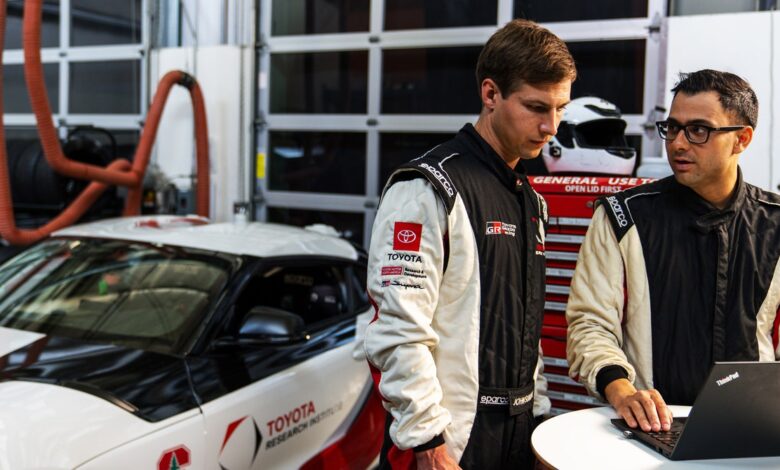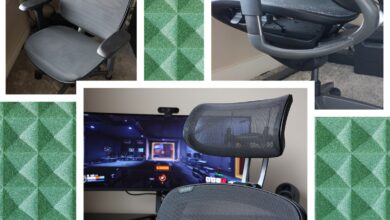Toyota realiza uma demo rápida e furiosa com carros de corrida AI-Powered.

# Drifting into the Future: The Latest in Autonomous Driving Technology
In a groundbreaking collaboration between the Toyota Research Institute and Stanford University, researchers have taken autonomous driving to a whole new level by developing self-driving cars capable of controlled drifting. This daring feat, performed by two autonomous vehicles at Thunderhill Raceway Park in California, showcases the potential of artificial intelligence in pushing the boundaries of autonomous driving technology.
## The Drifting Experiment: A Spectacular Showcase of AI
In a captivating promotional video, the two self-driving cars can be seen effortlessly drifting in tandem around the race track, just a few feet apart, demonstrating remarkable precision and coordination. This feat of high-speed autonomy not only impresses spectators but also opens up new possibilities for future driver-assistance systems.
## Advancements in Autonomous Driving Technology
The project involved modifying two GR Supra sports cars with state-of-the-art computers, sensors, and algorithms that combine advanced mathematical models with machine learning. These technologies enable the vehicles to track the road, other vehicles, and even master the art of drifting, all in real-time.
## The Future of Autonomous Vehicles
While self-driving technology has made significant strides in recent years, there is still much work to be done before fully autonomous vehicles become a common sight on the roads. The ability to navigate challenging weather conditions and unforeseen obstacles remains a key challenge for researchers and developers in the field.
## Expert Insights: Combining Machine Learning with Physical Models
According to Ming Lin, a professor at the University of Maryland specializing in autonomous driving, the Toyota-Stanford project represents a critical step towards improving the safety and performance of self-driving cars. By combining machine learning with physical models, researchers are able to address the complexities of operating autonomous vehicles under extreme conditions.
## Conclusion: A Glimpse into the Future of Autonomous Driving
As the world witnesses the rapid advancements in artificial intelligence and autonomous technology, the dual drifting demonstration serves as a reminder of the complexities involved in mastering the physical world. While AI models like ChatGPT have made significant progress in language processing, the challenges of navigating unpredictable real-world scenarios require a different approach altogether.
In conclusion, the Toyota-Stanford collaboration highlights the exciting possibilities and challenges ahead for autonomous driving technology. By continuing to push the boundaries of innovation and research, researchers aim to redefine the future of transportation and enhance road safety for all.




